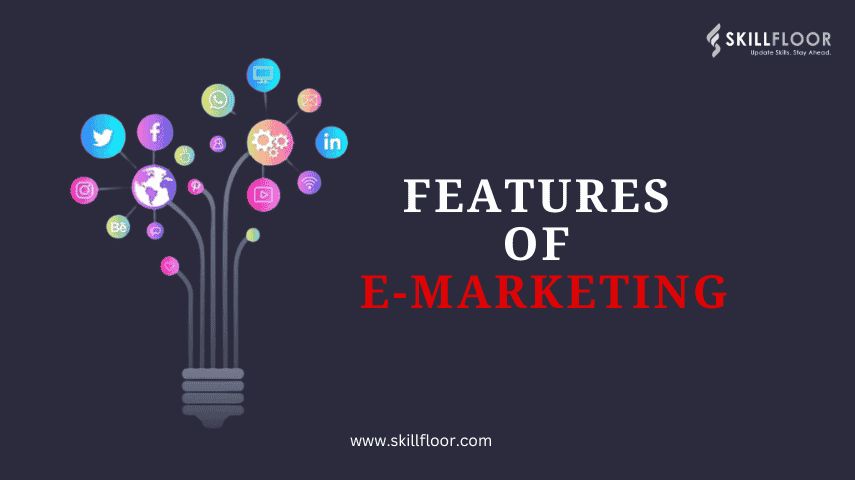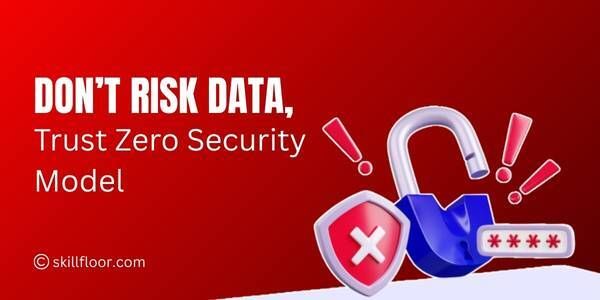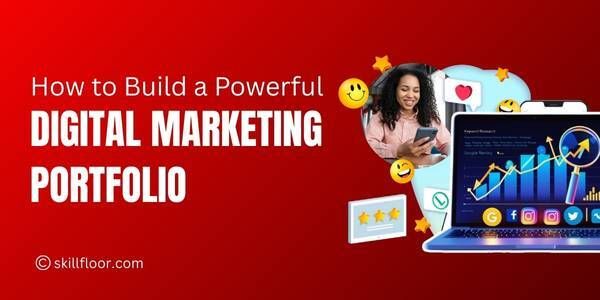What Are the Features of E-Marketing?
The key features of e-marketing, include personalization, data-driven insights, cost-efficiency, and global reach to boost your business.

As a digital marketing expert, I've seen how digital marketing offers a wide range of features designed to help businesses effectively promote their products and services online. These features utilize various digital channels and technologies to reach and engage with target audiences in meaningful ways. Let me give you a comprehensive overview of the key features that make digital marketing such a powerful tool.
Understanding SEO Basics
Getting Around the world of e-marketing can be overcome. There are numerous strategies and tools, each with its own set of features. Figuring out how to use these tools together can be confusing. How can you make sense of all the digital marketing options and choose the right ones for your needs?
What are the key features of e-marketing you should know?
Key Features of E-Marketing
1. Search Engine Optimization (SEO)
SEO is all about making your website show up in search engine results when people look for related topics.
-
Keyword Research: Find the words and phrases people use in searches, so you can include them in your content.
-
On-Page Optimization: Improving parts of your website like titles and headings to make it easier for search engines to understand and rank your pages.
-
Off-Page Optimization: Getting other websites to link to yours. This helps show search engines that your site is important.
-
Technical SEO: Making sure your website runs smoothly—like being fast and mobile-friendly—so users have a good experience.

From what I’ve seen, focusing on SEO can help your site attract more visitors and appear higher in search results.
2. Content Marketing
Content marketing is about creating useful and engaging content to attract and keep customers.
-
Blogging: Writing articles on your website to provide valuable information and improve search engine rankings.
-
E-books and Whitepapers: Offering detailed guides or reports that people can download in exchange for their contact information.
-
Infographics: Using visual graphics to explain information quickly and clearly.
-
Videos: Creating videos to share information or showcase your products, making your content more engaging.
In my experience, content marketing helps build trust and authority with your audience. It’s a way to share your expertise and connect with potential customers.
3. Social Media Marketing
Social media marketing involves using platforms like Facebook, Instagram, and Twitter to interact with people and promote your brand.
-
Platform Management: Setting up and maintaining profiles on various social media sites to engage with users.
-
Content Sharing: Posting updates and content that your audience will find interesting and engaging.
-
Paid Advertising: Running ads on social media to target specific groups of people who might be interested in your products.
-
Community Engagement: Responding to comments and messages to build relationships with your audience.
From what I’ve observed, social media is great for connecting with customers and building a loyal following.
4. Email Marketing
Email marketing involves sending messages directly to people’s inboxes. It’s a way to keep in touch and encourage actions like buying a product.
-
Email Campaigns: Send targeted emails with special offers or updates about your business.
-
Newsletters: Regularly sending useful information or updates to keep your audience informed.
-
Automation: Setting up automated email sequences to send messages based on user actions, like welcome emails for new subscribers.
-
Personalization: Customizing emails to individual preferences to make them more relevant and engaging.
In my view, email marketing is a direct way to reach your audience and keep them engaged with your brand.
5. Pay-Per-Click (PPC) Advertising
PPC advertising involves paying for ads that appear in search results or on other websites.
-
Google Ads: Placing ads on Google to reach people searching for relevant terms. For example, an online store might use Google Ads to attract shoppers looking for “new sneakers.”
-
Social Media Ads: Running ads on platforms like Facebook to target specific groups of people.
-
Retargeting: Showing ads to people who have visited your site before, encouraging them to return and complete a purchase.
From my experience, PPC can quickly drive traffic to your website and bring in potential customers.
6. Affiliate Marketing
Affiliate marketing involves working with partners who promote your products and earn a commission for each sale they make.
-
Partnerships: Collaborating with affiliates who will share your products with their audience.
-
Tracking and Reporting: Monitoring how well your affiliates are doing by tracking sales and performance.
-
Affiliate Networks: Using platforms to manage your affiliate relationships and find new partners.
Affiliate marketing can help you reach new audiences through trusted partners, expanding your reach without significant upfront costs.
7. Influencer Marketing
Influencer marketing uses people with large followings to promote your brand.
-
Influencer Collaboration: Partnering with influencers who align with your brand to share your products with their audience.
-
Sponsored Content: Paying influencers to create and share content about your products.
-
Brand Ambassadors: Building long-term relationships with influencers who regularly promote your brand.
Influencer marketing can enhance your brand’s credibility and reach by leveraging the influence of trusted figures.
8. Online Public Relations (PR)
Online PR focuses on managing and improving your brand’s reputation through digital channels.
-
Press Releases: Sharing news about your business with online media to generate coverage.
-
Media Outreach: Contacting journalists and bloggers to secure mentions and reviews.
-
Crisis Management: Addressing negative feedback or issues quickly to maintain a positive image.
Effective online PR helps manage how people perceive your brand and handle any issues that arise.
9. Analytics and Reporting
Analytics and reporting involve tracking and analyzing data to understand how your marketing efforts are performing.
-
Web Analytics: Using tools to monitor website traffic and user behavior.
-
Campaign Tracking: Measuring the success of your marketing campaigns by tracking key metrics.
-
Data Analysis: Reviewing data to make informed decisions and improve your strategies.
From my perspective, using analytics helps you see what’s working and what needs improvement, guiding your marketing efforts.
10. Mobile Marketing
Mobile marketing ensures your content and ads are optimized for people using smartphones and tablets.
-
Responsive Design: Make sure your website and content look good on mobile devices.
-
SMS Marketing: Sending text messages with promotions or updates directly to users’ phones.
-
Mobile Apps: Develop apps to provide additional value or features to your customers.
Mobile marketing helps you reach users on the go and ensures they have a good experience with your brand.
11. Conversion Rate Optimization (CRO)
CRO focuses on increasing the percentage of visitors who take a desired action on your site.
-
A/B Testing: Comparing different versions of web pages or ads to see which one performs better.
-
User Experience (UX): Improving the design and usability of your site to make it easier for visitors to convert.
-
Landing Page Optimization: Enhancing landing pages to boost conversions by making them more effective.
CRO helps you make the most of your website traffic by improving how well it converts visitors into customers.
12. Video Marketing
Video marketing involves using video content to engage with your audience.
-
Video Content Creation: Producing videos for platforms like YouTube or social media to share information or promote products.
-
Live Streaming: Broadcasting live events or Q&A sessions to interact with your audience in real-time.
-
Video SEO: Optimizing videos to improve their visibility in search results and on video platforms.
Video marketing is a dynamic way to capture attention and connect with your audience through engaging content.
E-marketing offers a range of features that help businesses connect with customers and achieve their goals online. From SEO and content marketing to social media and email campaigns, each feature plays a crucial role in building a successful digital marketing strategy. Understanding and using these features effectively can drive traffic, boost engagement, and help your business thrive in the digital world. Embracing these tools and strategies can make a significant difference in how you reach and interact with your audience.




























































